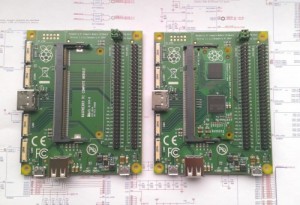We’ve just migrated to a new host (a VPS), so if you run into anything strange – do tell!
April 2025 M T W T F S S 1 2 3 4 5 6 7 8 9 10 11 12 13 14 15 16 17 18 19 20 21 22 23 24 25 26 27 28 29 30 Also available on Twitter
My TweetsCategories
Recent Comments
- Gábor on GCC Error Messages
- e8johan on GCC Error Messages
- Juampa on GCC Error Messages
- e8johan on GCC Error Messages
- lava on GCC Error Messages
Archives
- September 2015
- August 2015
- June 2015
- May 2015
- April 2015
- March 2015
- February 2015
- January 2015
- December 2014
- November 2014
- August 2014
- April 2014
- March 2014
- February 2014
- July 2013
- June 2013
- May 2013
- February 2013
- January 2013
- December 2012
- November 2012
- October 2012
- September 2012
- July 2012
- May 2012
- April 2012
- March 2012
- February 2012
- January 2012
- December 2011
- November 2011
- October 2011
- September 2011
- August 2011
- July 2011
- June 2011
Meta

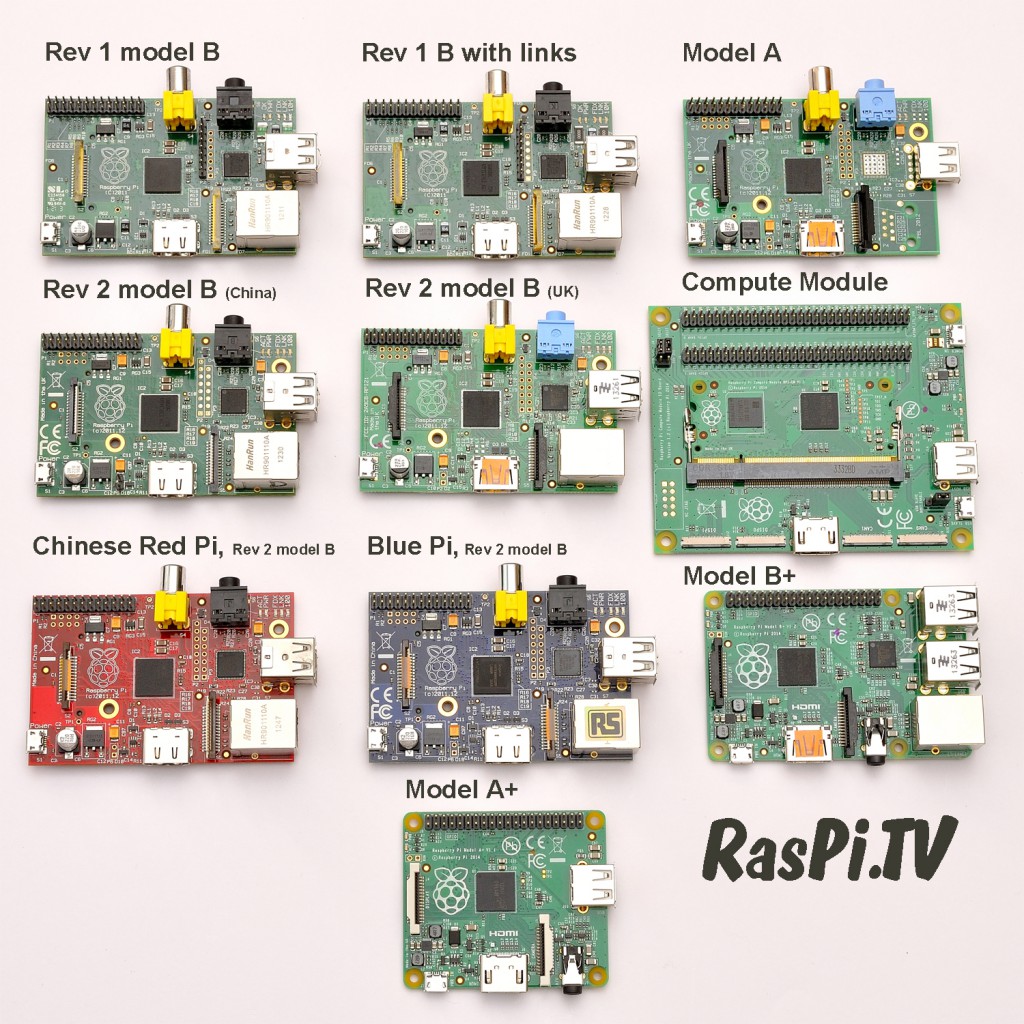
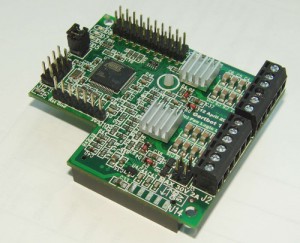

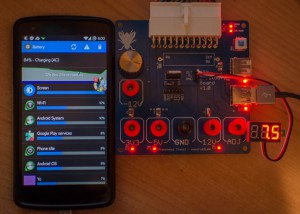
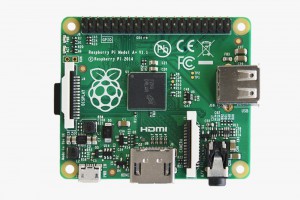
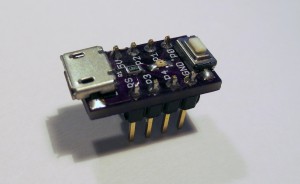
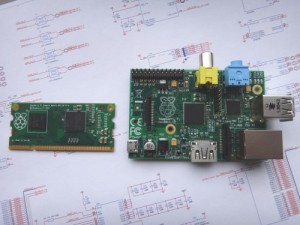 This is exciting! The Raspberry Pi Foundation just
This is exciting! The Raspberry Pi Foundation just 